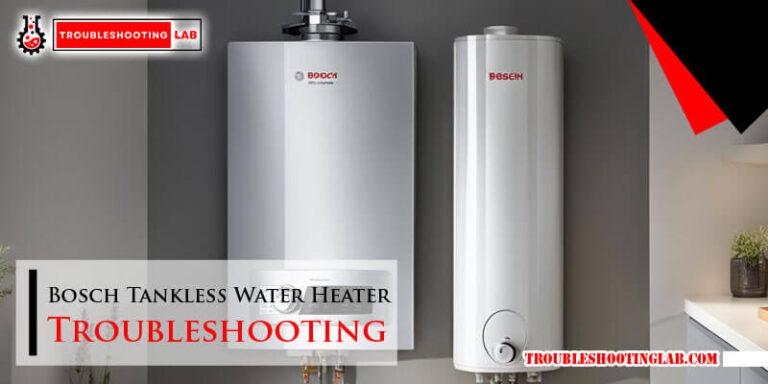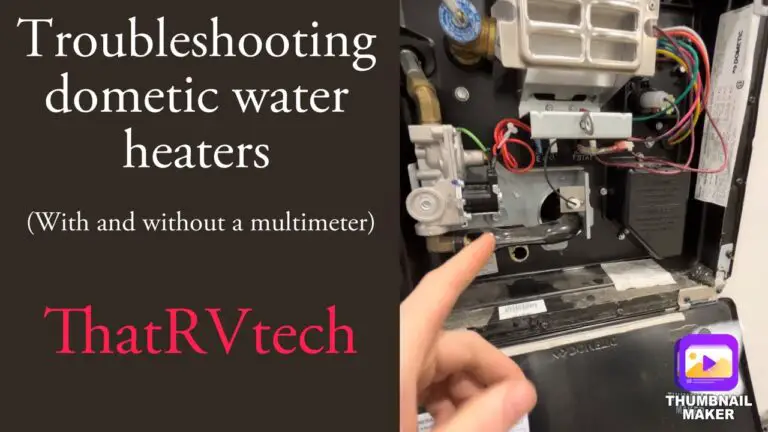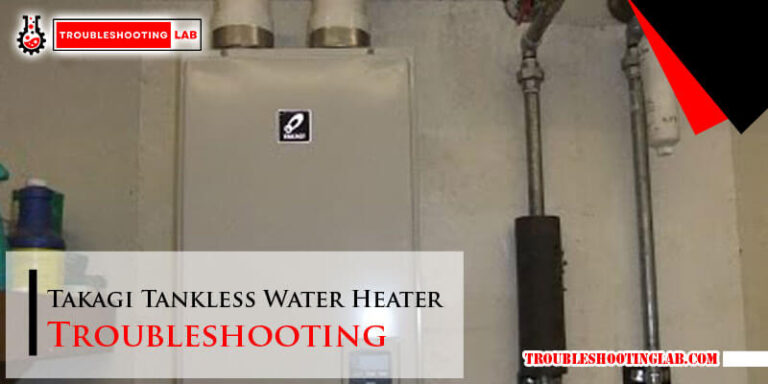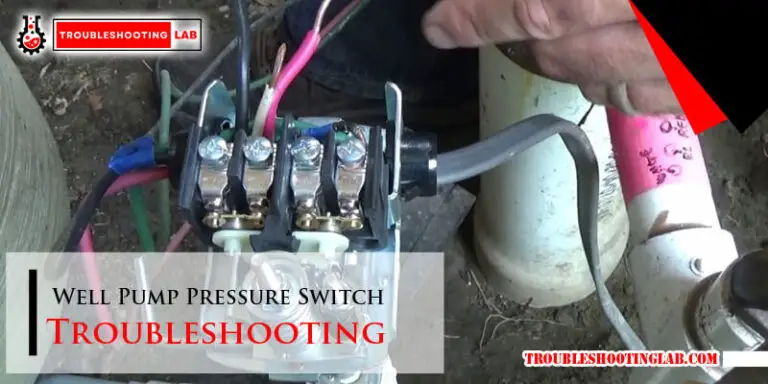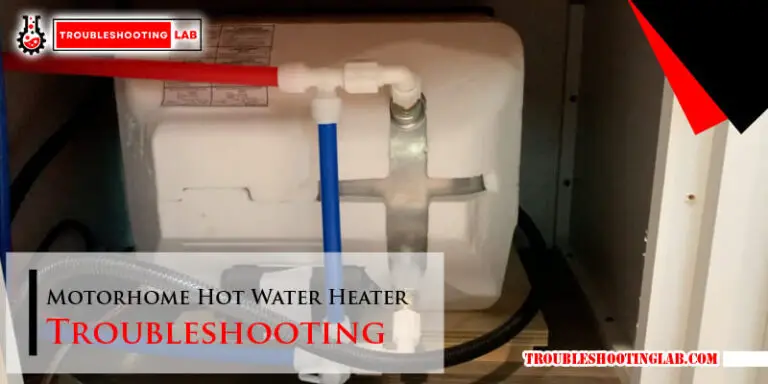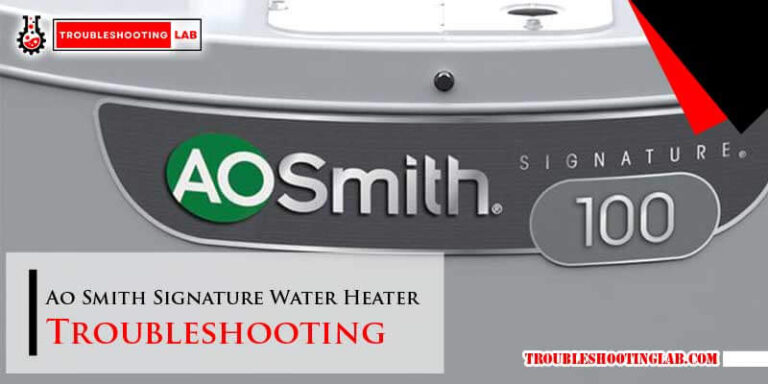Whirlpool Hot Water Heater Troubleshooting: Quick Fixes
Troubleshooting a Whirlpool hot water heater starts with identifying common issues like no hot water or insufficient heating. Check for pilot light problems, thermostat malfunctions, and sediment buildup in the tank.Dealing with a malfunctioning Whirlpool hot water heater can be frustrating. Homeowners often face challenges such as fluctuating water temperatures, strange noises, or leaks. These problems can stem from a variety of causes, ranging from simple fixes like reigniting a pilot light to more complex issues such as a faulty heating element or a damaged tank.
Regular maintenance is key to ensuring the longevity and efficiency of your water heater. Early detection of issues not only prevents further damage but also saves on costly repairs. As a critical appliance in any household, understanding the basics of Whirlpool hot water heater troubleshooting ensures that you have a consistent supply of hot water when you need it.
Introduction To Whirlpool Hot Water Heaters
Whirlpool stands as a trusted name in home appliances.
Their hot water heaters bring comfort and efficiency to homes.
Understanding these units is key to optimal performance and longevity.
Popularity And Reliability
Whirlpool’s hot water heaters are popular for a reason.
They offer consistent performance and reliable hot water supply.
Users trust Whirlpool for quality and durability.
Importance Of Regular Maintenance
Keeping your Whirlpool heater in top shape is crucial.
Regular checks prevent issues and extend your unit’s life.
Maintenance ensures efficient operation and energy savings.
Common Issues And Symptoms
Common Issues and Symptoms with Whirlpool Hot Water Heaters can be frustrating. Let’s tackle them together. Here are the most common problems and how to spot them.
No Hot Water
This is a big issue. If your water stays cold, check these:
- Power – Make sure it’s on.
- Thermostat – It might need a reset.
- Heating Elements – These could be broken.
Insufficient Hot Water
Not enough hot water? Here’s what might be wrong:
| Issue | Solution |
|---|---|
| Small Tank | Consider a bigger one. |
| High Demand | Spread out usage times. |
| Thermostat Setting | Adjust it higher. |
Water Temperature Fluctuations
Is your water hot, then cold, then hot again? Look at this:
- Dip Tube – It might be broken.
- Thermostat – It could need adjusting.
- Sediment Build-up – Time to clean the tank.
Initial Troubleshooting Steps
When a Whirlpool hot water heater malfunctions, it’s crucial to perform initial troubleshooting steps. These steps can help identify and possibly resolve the issue. Detailed below are actions to take before calling a professional.
Safety First: Turning Off Power
Before starting any troubleshooting, safety is paramount. It’s essential to ensure that the power supply to the water heater is completely turned off. This prevents any electrical accidents.
Checking The Power Supply
Once the power is off, check the water heater’s power supply. Look for any tripped circuit breakers or blown fuses. A simple reset may restore power to the unit.
Resetting The Heater
If the power supply seems fine, try resetting the heater. Most Whirlpool hot water heaters have a reset button. Pressing this can fix minor issues.
Follow these steps for a reset:
- Locate the reset button, usually behind the panel.
- Remove the panel to access the button.
- Press the button firmly.
- Replace the panel securely.
- Turn on the power and check for hot water.
Performing these steps can solve basic issues without the need for a technician. If problems persist, further investigation by a professional may be required.
Pilot Light Problems
Troubleshooting a Whirlpool hot water heater often starts with the pilot light. If the pilot light goes out, the heater can’t warm water. Let’s explore common pilot light issues and solutions.
How To Relight The Pilot
Relighting a pilot light is a straightforward task. Follow these steps for a safe relight:
- Locate the instructions on the heater.
- Turn the gas knob to ‘Pilot’.
- Hold down the reset button.
- Ignite the pilot with a lighter.
- Check the flame is blue and steady.
- Release the reset button slowly.
When The Pilot Won’t Stay Lit
When a pilot light won’t stay lit, it signals deeper issues. Inspect these elements:
- Thermocouple: It may need cleaning or replacing.
- Drafts: Ensure no drafts are blowing the flame out.
- Gas Valve: A faulty valve can prevent gas flow.
Call a professional if these steps don’t fix the pilot light problem. Regular maintenance can prevent future issues.
Thermostat Complications
Dealing with Thermostat Complications in your Whirlpool Hot Water Heater can be tricky. A thermostat controls the water temperature. A faulty one means cold showers or overly hot water. Let’s dive into troubleshooting.
Adjusting The Temperature
First, check if adjusting the temperature solves the issue. Follow these steps:
- Turn off the power to the heater.
- Remove the access panel.
- Adjust the dial to your desired setting.
- Replace the panel and turn the power back on.
Tip: Keep the temperature between 120°F to 140°F for safety and energy efficiency.
When To Replace The Thermostat
Sometimes, adjusting doesn’t help. It might be time for a new thermostat. Look for these signs:
- Water is too hot or too cold.
- Temperature swings widely.
- Heater doesn’t power on.
- No hot water at all.
Replacing the thermostat requires a professional. Ensure safety first.
Element Failures
Element Failures in Whirlpool Hot Water Heaters can leave you in the cold. Understanding how to troubleshoot these issues is key. Let’s dive into testing and replacing faulty elements.
Testing Heating Elements
Begin by turning off the power supply. Use a multimeter to check for continuity. No continuity suggests a faulty element. Here’s a simple guide:
- Disconnect power to the heater.
- Remove the access panel and insulation.
- Set the multimeter to the ohm setting.
- Place probes on the element screws.
- A reading should appear. No reading means a bad element.
Replacing Faulty Elements
A bad element means it’s time for a replacement. Follow these steps safely:
- Shut off the heater’s power and water supply.
- Drain the tank below the element level.
- Unscrew the faulty element with an element wrench.
- Install the new element and tighten securely.
- Refill the tank, restore power, and test the heater.
Always ensure the tank is refilled before turning on the heater to prevent damage to the new element.
Sediment Build-up Solutions
Whirlpool hot water heaters are robust, but sediment build-up can cause problems. Let’s explore solutions to keep your water heater running smoothly.
Identifying Sediment Issues
Sediment in your hot water heater can reduce efficiency. Look for signs like:
- Noisy operation – popping or rumbling sounds.
- Cloudy water – coming from your taps.
- Longer heating times – takes more time to heat.
Flushing Out The Tank
Regular flushing keeps your heater healthy. Follow these steps:
- Turn off the power to the unit.
- Connect a hose to the drain valve.
- Open the valve and let water flow out.
- Close the valve when water runs clear.
- Restore power to the unit.
Perform these tasks yearly to prevent sediment issues.

Pressure Relief Valve Checks
Whirlpool hot water heaters include a safety feature: the pressure relief valve. This valve helps prevent potential over-pressurization, which could lead to water heater damage or even explosions. Regular checks are crucial for safe operation. Let’s explore the steps for testing and replacing this valve.
Testing The Valve
Lift the valve’s handle gently. You should hear a hiss of air or see some water and vapor exit. This shows the valve is not stuck and operates correctly. If no sound or discharge occurs, the valve may be faulty and needs further inspection or replacement.
Replacing A Faulty Valve
Replacing a non-functioning valve is critical. Follow these steps:
- Turn off the heater and water supply.
- Drain some water to reduce pressure.
- Use a wrench to unscrew the old valve.
- Wrap the new valve’s threads with teflon tape.
- Screw the new valve in place.
- Reopen the water supply to test the new valve.
Remember, always refer to your Whirlpool manual or consult a professional if unsure. Regular maintenance ensures a long-lasting water heater and a safe home.
Professional Assistance Vs. Diy
Dealing with a Whirlpool hot water heater can be tricky. You might wonder whether to fix it yourself or call a pro. This part of the blog discusses key points for both paths.
When To Call A Professional
Some water heater issues need an expert’s touch. Look for these signs:
- No hot water after basic troubleshooting.
- Leaking tank or pooling water around the unit.
- Odd noises like banging or hissing.
- Error codes on electronic models.
- Gas smell which could indicate a leak.
These problems are often complex. A licensed technician ensures safety and effectiveness.
Tips For Safe Diy Repairs
If you decide to tackle repairs, prioritize safety. Follow these tips:
- Turn off power to the unit at the circuit breaker.
- Shut off the water supply to prevent flooding.
- Use tools correctly and wear protective gear.
- Refer to the owner’s manual for specific instructions.
- Don’t tamper with gas lines if it’s a gas heater.
Simple tasks like resetting the thermostat or flushing the tank are doable at home. Stay within your skill set to avoid damage or injury.
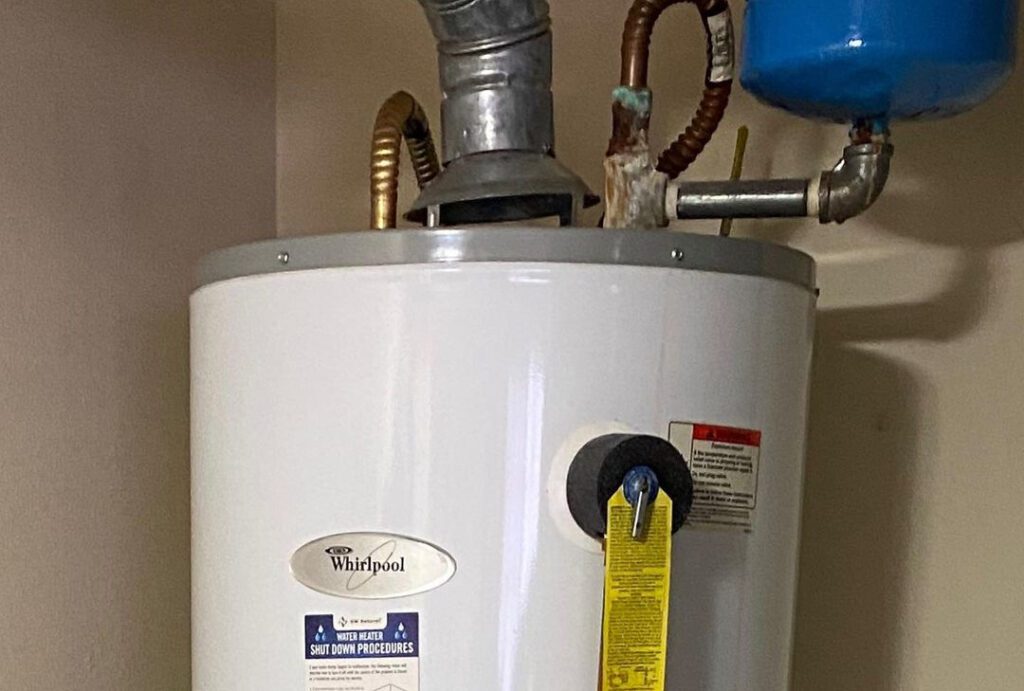
Preventative Measures And Maintenance
Keeping your Whirlpool Hot Water Heater in top shape is key. Regular care stops big problems. This part of the blog shows how to keep your heater happy.
Regular Inspection Schedule
Checking your heater often can save you money. Here’s what to do:
- Look for leaks every month.
- Check the pressure relief valve twice a year.
- Listen for odd noises during operation.
- Inspect the anode rod yearly.
Mark these tasks on a calendar. It helps you remember.
Long-term Care For Your Heater
Your water heater needs love over the years. Follow these steps:
- Flush the tank annually to remove sediment.
- Adjust the temperature to 120°F for efficiency.
- Replace worn parts before they fail.
These actions keep your water hot and bills low.
| Task | Frequency |
|---|---|
| Leak Inspection | Monthly |
| Pressure Valve Check | Bi-annually |
| Anode Rod Inspection | Yearly |
| Tank Flush | Yearly |
Remember, care today saves trouble tomorrow. A little effort keeps your Whirlpool Hot Water Heater running smoothly.
Frequently Asked Questions
Why Is My Whirlpool Heater Not Heating?
Whirlpool water heaters may fail to heat due to malfunctioning thermostats, broken heating elements, or tripped circuit breakers. Regular maintenance can help prevent these issues.
How To Reset A Whirlpool Water Heater?
Locate the reset button on the heater’s thermostat. Press and hold it for a few seconds until it clicks, signaling a reset. This can resolve some operational issues.
What Causes A Whirlpool Heater To Leak?
Leaks in Whirlpool water heaters can stem from loose connections, corroded tank walls, or faulty pressure relief valves. Tightening fittings or replacing the tank might be necessary.
How Long Do Whirlpool Water Heaters Last?
With proper upkeep, Whirlpool water heaters typically last between 8 to 12 years. Factors like water quality and usage patterns can influence their lifespan.
Can I Fix My Whirlpool Heater Myself?
Some Whirlpool water heater problems can be fixed with DIY methods, such as thermostat resets or element replacements, if you have basic knowledge and follow safety precautions.
Conclusion
Troubleshooting your Whirlpool hot water heater doesn’t have to be daunting. Armed with the right tips and techniques, you can often solve common issues yourself. Remember, regular maintenance is key to longevity and efficiency. For those times when DIY solutions don’t cut it, don’t hesitate to call in a professional.
Keeping your water heater in top shape ensures warm, reliable showers when you need them most.

